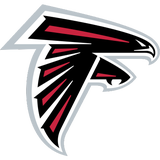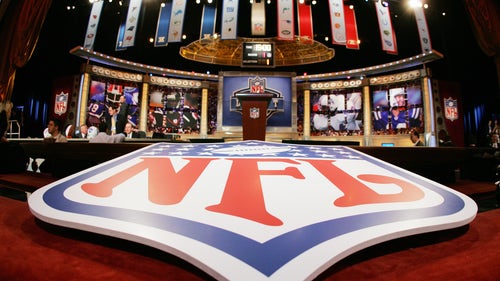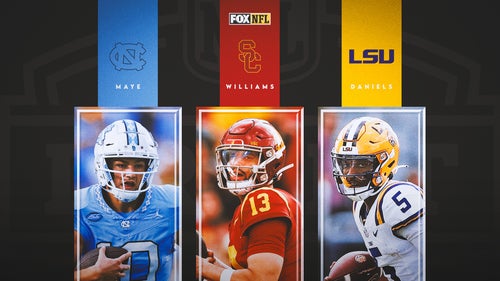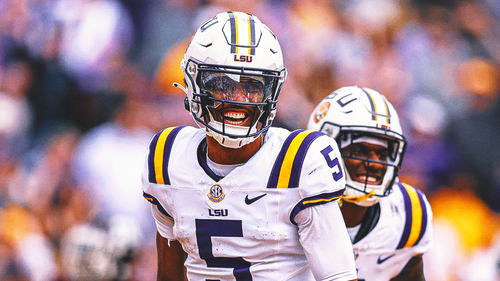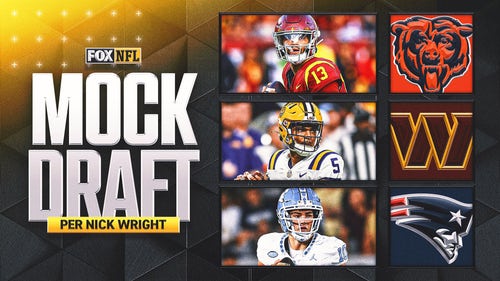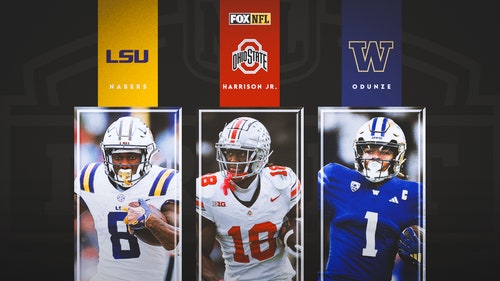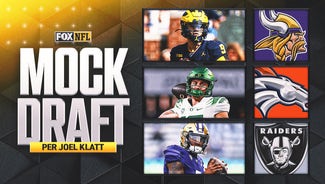
How will Bill Belichick stop Matt Ryan's Falcons?
On the morning of February 3, 2002 Bill Belichick was considered a middle-tier retread coach who, remarkably, had gotten a good-but-far-from-great Patriots team to Super Bowl 36. By the end of the night, he was deemed a genius, on the path to living legend status, for he was the one who figured out how to stop the 2001 St. Louis Rams offense—AKA The Greatest Show on Turf. (The key: repeatedly knocking the crap out of Marshall Faulk.)
Two weeks from now, Belichick will coach his seventh Super Bowl for New England. He’ll face the best offense his AFC champion teams have seen since that epic Rams unit. The Falcons are the NFL’s best-coached offense. They’re quarterbacked by a smart, accurate field general. They have a superstar wide receiver, and two of the league’s best all-around running backs. Their offensive line has been together for every significant snap. Add it all up and you get a group that does more things out of more looks than any in football. Or, to put it plainly, you get an offense that has averaged 37.5 points a game since its Week 11 bye.
Belichick’s 2001 Patriots were known for changing identities. One week they might be a blitzing 3-4 unit; the next, a zone-based 4-3. It was a malleable scheme, rich in deception and disguise. This came to define Belichick’s reputation. He was the coach whose game plan you could never predict.

This wasn’t an inaccurate assessment, but it was imprecise. Really, Belichick is a coach who commits fully to having a cohesive team. As he said in Ron Jaworski’s book Games That Changed The Game, “It’s not about collecting talent, it’s about building a team. Some players fit better into one system or style of play than they do in another.”
* * *
In 2001, Belichick’s defenders fit best into a complex, amorphous system. His lineup featured smart, cagey veterans (including some of whom were in athletic decline and had to rely on “brains over brawn”). Guys like Mike Vrabel; Tedy Bruschi; Romah Phifer; Otis Smith; Lawyer Milloy; and Willie McGinest.
But over the last several years, the Patriots have had a totally different collection of defenders. Younger but more physically gifted, they’re better equipped to out-execute opponents than outsmart them.
With the immensity of Atlanta’s offense, it’s tempting to think Belichick will fight fire with fire. The Falcons do a lot of things, so we’ll see the Patriots do a lot of things, many of which will be unexpected. After all, they’ll have had an extra week to prepare for Matt Ryan & Co. But if Belichick really felt his current defense was built to play this way, we would have seen it by now. Instead, we see a defense that mostly sticks to straight man or zone, rarely hybrid coverages. A defense that, like any, occasionally blitzes a fifth rusher, but far more often is content to rush the usual four. A defense that changes its fronts frequently, particularly against the run, but doesn’t go too far out of its way to disguise them. In simplest terms, the Patriots just line up and play. They rely on sound, fundamental execution.
This is how they must approach the Falcons, and it must be done very physically. Line up in straight man-to-man and hit your individual opponent in the mouth. If the Patriots aren’t flagged four or five times for various illegal uses of hands—be it holding, illegal contact, hands to the face, maybe even pass interference—then they’re playing too soft.
The Falcons are too well-schemed to play zone against. And the Patriots, having just an ordinary, straight four-man rush and limited blitz packages, will struggle to get to Ryan. Unable to disrupt the quarterback’s timing, they must disrupt the timing of his receivers. Lay hands on those targets. Put the onus on the officials to throw flags in the most-watched television event of the year. Human nature says they probably won’t—not repeatedly, anyway.
Playing straight man coverage will negate the inverted formations that Atlanta likes, where tight ends and backs shift outside of receivers in an effort to turn the defense inside-out. In man coverage, it becomes more about individual matchups, regardless of where in the formation the matchup occurs.

One thing that’s never changed about Belichick is his belief in taking away the opponent’s two biggest weapons. For Atlanta, that’s Julio Jones and whomever is at running back (Devontae Freeman or Tevin Coleman). There’s no single Patriot who can handle Jones, so defend him with two. Put a safety over the top and let him fight through the press-man of either long-armed corner Eric Rowe or sturdy hands-checker Logan Ryan.
For the running backs, introduce them to Patrick Chung. Yes, it’s unusual to put a slot corner/hybrid safety on a back. Generally that defender takes a tight end or possession receiver. But Chung’s versatility means he can take Freeman or Coleman wherever they line up, be it the backfield, slot or out wide. This will offset the advantage Atlanta gets from moving their backs around. And on third downs, when stopping the run becomes an afterthought, maybe even have top cover safety Devin McCourty take the running back. That’s actually what the Patriots’ AFC championship gameplan called for against Le’Veon Bell.
If you double Jones with a safety and don’t blitz, that leaves you one more safety to play with. It’s here where Belichick can be multiple through coverage changeups and disguises. It should be his smartest safety doing these changeups and disguises. (The guess here is that’d be McCourty.) Have him play deep and over the top on the other side of Jones, allowing the man defenders to be even more aggressive. Against formations where Matt Ryan is inclined to throw between the field numbers, have the safety rotate down over the middle. Though he hasn’t done it very often this season, Ryan will sometimes fail to account for this defender and throw into traffic. And every now and then, have the safety take one of the linebackers’ coverage responsibilities so that that linebacker is free to blitz.
Eventually the Falcons will start getting a beat on New England’s man concepts and we’ll see pick routes and intertwined crossing patterns—concepts that force man defenders to back off. New England’s defense is familiar with this. Being a high percentage man-to-man defense over the previous two years, these concepts were regularly featured by their opponents. Plus, they’re something this defense sees when going against Tom Brady’s offense every training camp. Really, those man-beaters are just another dimension of a timing-based offense. Which is why it’s worth emphasizing again: In man coverage, the Patriots need to be physical. Even if that means tempting the flags to come out.
Question or comment? Email us at talkback@themmqb.com.
This article originally appeared on
